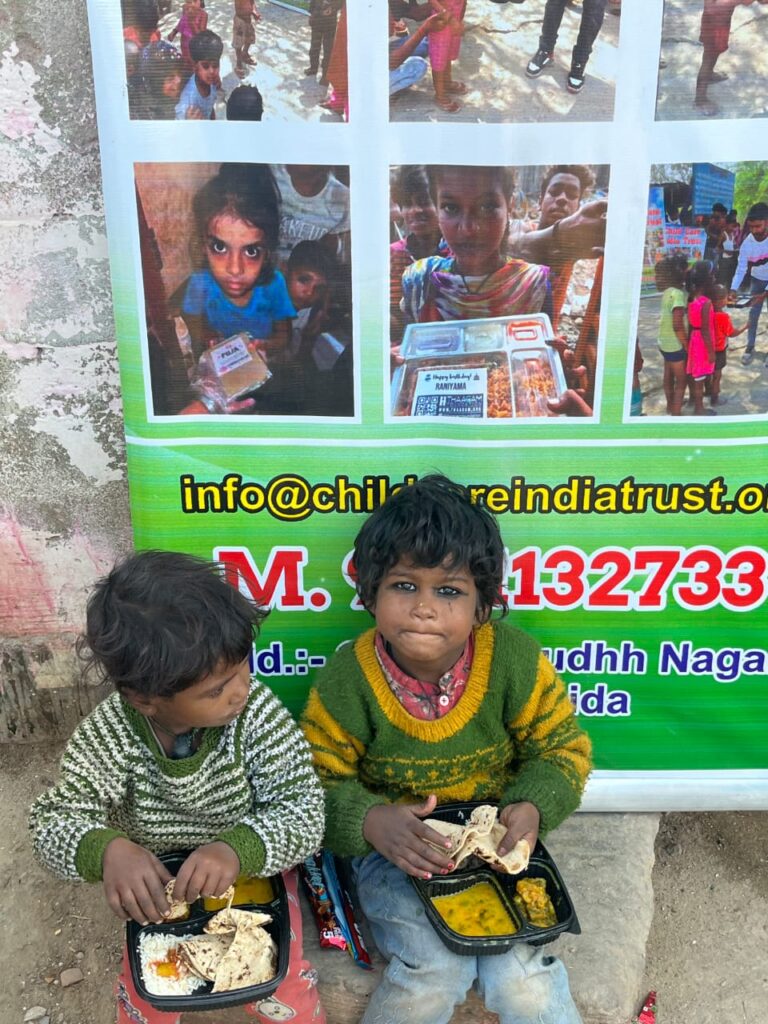Child Care: A Complete Guide to Choosing the Best for Your Little One
Child care is one of the most crucial aspects of parenting today, especially for working parents. As our lifestyles change and evolve, the need for quality child care services has never been greater. From daycare centers to in-home care, the options are vast, and selecting the right one for your child can feel overwhelming. But don’t worry—this guide will help you navigate the world of child care and understand the different factors that come into play when choosing a care provider.
What is child care?
Child care refers to the supervision and care provided to children, usually between the ages of infancy and school-age. Whether it’s a formal setting like a daycare center or an informal arrangement like a family member or nanny, child care is essential for nurturing a child’s physical, emotional, and intellectual development.
There are various types of child care services available, including daycare centers, nannies, babysitters, family care, and preschool programs. Each option comes with its pros and cons, so it’s important to assess what works best for your family’s needs.
The Benefits of Quality Child Care
Quality child care offers numerous benefits that contribute significantly to a child’s development. Let’s explore a few of the key advantages:
- Cognitive Development:
Well-structured child care programs provide children with opportunities to engage in age-appropriate learning activities that enhance their cognitive abilities, including problem-solving, language development, and critical thinking. - Social Skills Development:
When children interact with other kids in a daycare or preschool setting, they learn valuable social skills like sharing, communication, and cooperation, which are important for their emotional growth. - Emotional Support:
Good child care providers offer emotional nurturing and a secure environment where children feel safe and cared for. This helps build trust and confidence in young children, which is critical for their emotional well-being.
Different Child Care Options
When it comes to child care, there is no one-size-fits-all solution. Let’s take a look at some of the most common child care options:
- Daycare Centers:
Daycare centers are professional facilities where children are cared for in a group setting. These centers are often staffed with trained educators who follow structured curricula and activities designed to enhance a child’s development. - Nannies and babysitters:
Hiring a nanny or babysitter offers more personalized care in the child’s home. Nannies are typically responsible for daily tasks such as feeding, playing, and helping with homework. Babysitters usually take care of children for short periods, often in the evenings or during events. - Family Care and Home-Based Care:
Many parents opt for care provided by relatives, like grandparents or close family friends. This can offer a more familiar, comfortable environment, but it’s important to ensure that the caregivers are adequately prepared to meet the child’s needs. - Preschool Programs:
Preschools offer structured learning environments where children can engage in early education. These programs focus on preparing kids for kindergarten by developing basic skills such as reading, writing, and social interaction.
Choosing the Right child’s Care Provider
Selecting the right child care provider is a personal decision that can have a lasting impact on your child’s development. Here’s what to look for:
- What to Look For in a Child Care Facility:
Consider the facility’s safety measures, cleanliness, educational programs, staff qualifications, and the overall environment. It’s important that the space feels welcoming, nurturing, and secure. - Evaluating Nanny and Babysitter Options:
For in-home care, look for caregivers who are experienced, trustworthy, and preferably have formal qualifications in child care. Ask for references and conduct background checks. - Questions to Ask When Interviewing a Caregiver:
Some important questions include: “What experience do you have?”, “How do you handle emergencies?”, “What is your approach to discipline?”, and “How do you encourage learning and play?”
Cost of child’s Care
Child care can be expensive, and costs can vary significantly depending on the type of care and location. On average, full-time daycare can cost anywhere from ₹1000 to ₹5000 per child in month, depending on the age of your child and the quality of care.
Factors affecting the cost include the caregiver’s qualifications, the center’s location, and the number of hours your child will be cared for. For many families, child care can be one of the largest monthly expenses, so it’s important to plan and budget accordingly.
child’s Care and Working Parents
Child care plays a vital role in enabling parents to maintain their careers while ensuring their children receive proper care and attention. Balancing work and family life is challenging, butchild’s care services can provide the support parents need to manage their responsibilities.
For working parents, having access to reliable child care is essential. In some countries, legal rights and protections exist to ensure that parents can take time off for family-related matters without jeopardizing their job.

Health and Safety in Child Care
Ensuring your child’s health and safety is paramount when choosing a child’s care provider. Providers should adhere to strict hygiene and sanitation standards to minimize the risk of illness. They should also be trained in first aid and emergency preparedness, so they can respond quickly if an accident occurs.
Before enrolling your child, inspect the facility for safety hazards and ask about their emergency procedures, including evacuation plans.

The Role of Technology in Modern Child Care
In today’s digital age, technology has begun to play an important role inchild’s care. Many daycare centers and nannies now use apps and video monitoring systems that allow parents to stay connected with their children throughout the day.
Furthermore, there are online platforms that help parents find caregivers, access child’s care resources, and even participate in virtual child’s care services.
Challenges in Child Care
Despite its importance, thechild’s care industry faces several challenges. These include staffing shortages, limited availability of affordable cares, and disparities between regions in access to services. Additionally, many providers struggle with low pay, which leads to high turnover rates in the industry.
Government Support for Child Care
Governments around the world provide financial assistance to help families afford child’s care. This can include subsidies, tax credits, and other forms of support. In many countries, there are also initiatives to improve the accessibility and quality of child’s care services, including reforms to regulations and funding for early childhood education programs.
Impact of COVID-19 on child’s Care Services
The COVID-19 pandemic has significantly impacted the child’s care industry. Many centers were forced to close temporarily, and caregivers had to adapt to new health protocols, including social distancing and enhanced sanitation practices. The pandemic also led to an increase in virtual child’s care options as parents navigated lockdowns and remote work.
How Child Care Impacts Society
Child care doesn’t just affect individual families—it has a broader impact on society. Access to quality child care enables parents to participate in the workforce, contributing to the economy. Additionally, early childhood education sets the foundation for lifelong learning and success, creating a stronger, more skilled workforce in the long term.
Trends in the child’s Care Industry
The child’s care industry is constantly evolving. Some key trends include a growing emphasis on early childhood education, increased parental involvement in the care process, and a shift toward more flexible, home-based child care options.
Conclusion
Choosing the right child care provider is one of the most important decisions you’ll make as a parent. By understanding your options, considering the benefits and costs, and selecting a caregiver who aligns with your family’s needs, you can ensure that your child gets the best possible care. As the child care landscape continues to evolve, it’s essential to stay informed about new trends, government policies, and resources that can help you navigate this important aspect of parenting.
- How do I know if my child care provider is qualified?
Look for certifications, experience, and references. You should also ask about the caregiver’s approach to child development. - What are the signs of a good daycare?
A good daycare should have a clean and safe environment, well-trained staff, and a structured learning program that fits your child’s age and development. - How much should I expect to pay for child care?
The cost varies depending on your location and the type of care, but it can range from $200 to $1,000 per month. - What should I do if I’m not happy with my child’s care?
Have an open conversation with the caregiver or provider to express your concerns. If needed, consider finding an alternative option. - Can I claim child care expenses on my taxes?
In many places, there are tax credits or deductions available to help offset the cost of child care. Check with your local tax authority for details.


